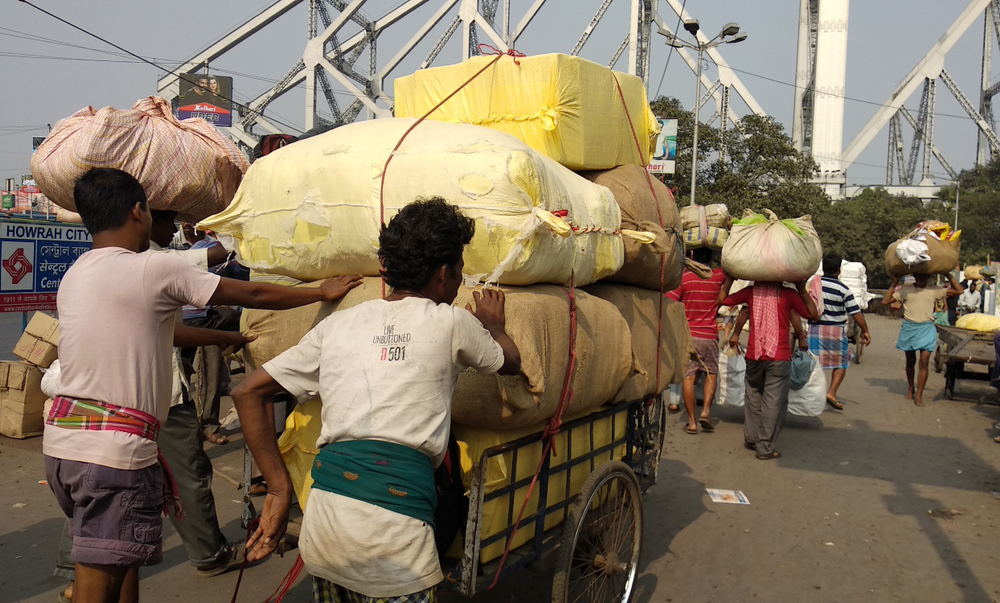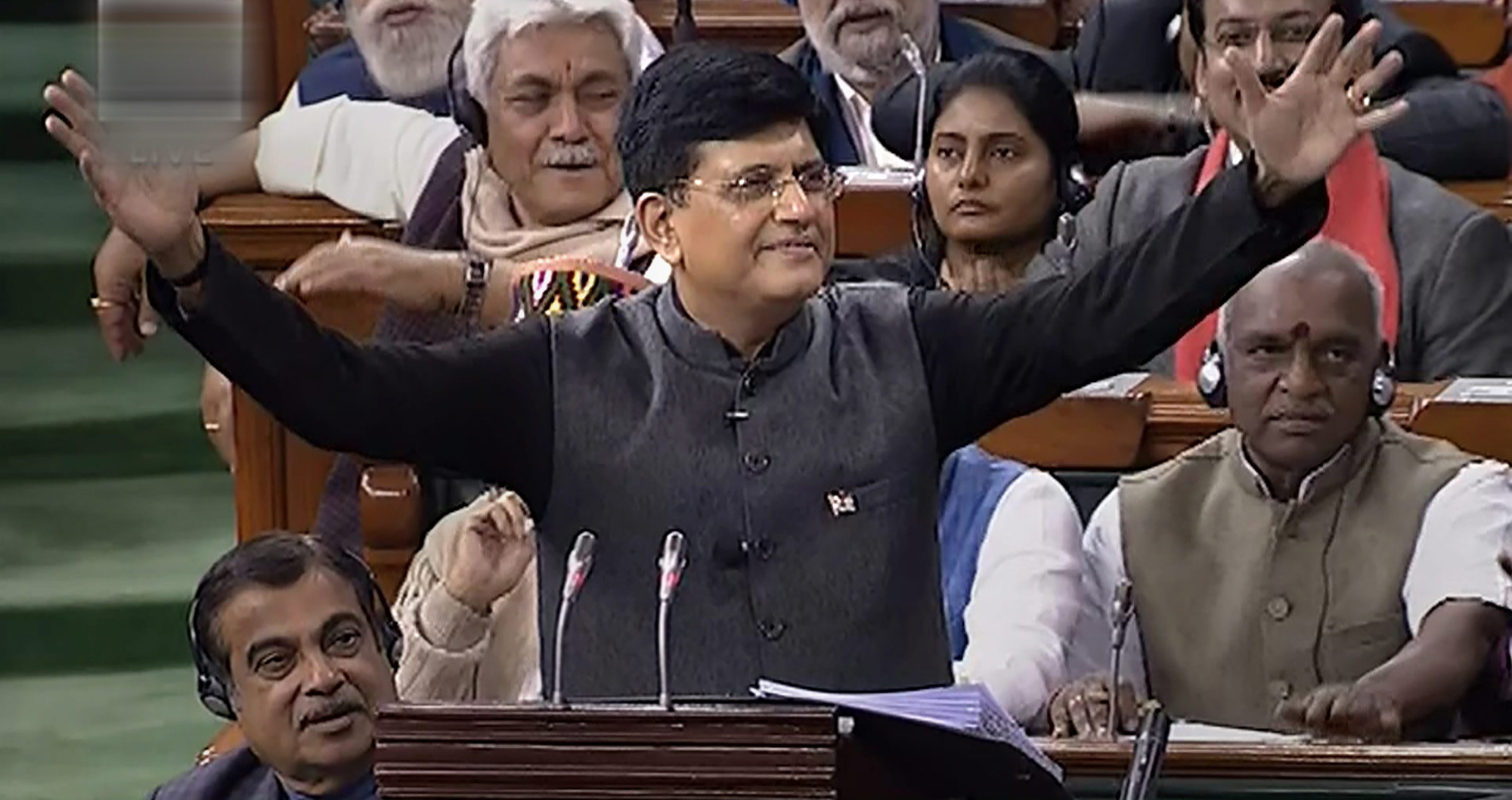The Centre will swallow the contribution of unorganised workers under a new pension scheme in the event of the death of the subscriber and his or her spouse, according to an official notification.
Contributory pension schemes usually ensure payments to dependant and unmarried children.
However, the notification for the Pradhan Mantri Shram Yogi Maan-dhan, announced in the interim Union budget earlier this month, says: “After death of subscriber and his or her spouse, the corpus shall be credited back to the fund.”
Economist Jean Dreze said that in contributory pension schemes, the subscriber’s dependants should get back the money in case of death of the subscriber and his spouse. “The poor subscriber contributes money by cutting his expenses. The government should not eat up that contribution in case of death of both parents,” Dreze said.
Subscribers to the scheme have been promised a pension of Rs 3,000 a month after they turn 60. Although the interim budget said individuals aged between 18 and 29 and earning below Rs 15,000 a month would be eligible, the notification puts the cut-off age at 40.
Depending on the age, the monthly contribution will go up. A subscriber aged 18 needs to contribute Rs 55 a month, which goes up to Rs 100 for a 29-year-old person and touches Rs 200 for the cut-off age of 40. The monthly contributions have to be paid till the subscriber turns 60.
The scheme is meant for individuals engaged as home-based workers, street vendors, midday meal workers, cobblers, ragpickers, rickshaw-pullers and construction workers, among others.
The notification was issued on February 7 and employment ministry and the scheme kicked in from February 15.
Trade Union leaders told The Telegraph that the provision to eat up the savings in the event of the death of the subscriber and spouse makes it different from other existing pension schemes where dependants are entitled to benefits. The notification defines “family” as the worker and his spouse.
“This is not correct. There is provision for benefits in other pension schemes for dependants in case of death of the subscriber and spouse. The dependants of the workers, like children, should be entitled to the pension or the funds with interest in case of the death of both parents,” said Virjesh Upadhayay, general secretary of the Bharatiya Mazdoor Sangh (BMS), the labour wing of the RSS.
The CPM-affiliated Centre of Indian Trade Unions (Citu) described the government notification as a “cruel joke” on the workers. Citu leader A.K. Padmanabhan said: “The minor children get orphan pension in case of death of parents who were entitled to pension from the Employees’ Provident Fund (EPF). The orphan pension is 50 per cent of the assured pension.”
“The whole scheme is meant to get votes, not benefit the workers,” he added.
As per the scheme, the subscriber will pay on a monthly basis while the government will pay an equal amount. The premium varies according to the age of the worker.
The notification says that in case of the exit of the subscriber before 10 years, the person will get back only his share of the contribution with savings bank rate of interest. If the person withdraws after 10 years but before turning 60, the share of contribution with accumulated interest as actually earned by the pension fund or the interest at the savings bank interest rate, whichever is higher, will be given.
In case of the death of an eligible subscriber, the spouse can continue with the scheme by paying the regular contribution or exit by receiving the share of contribution paid by the subscriber along with the accumulated interest as earned by the pension fund or at the savings bank interest rate, whichever is higher.











